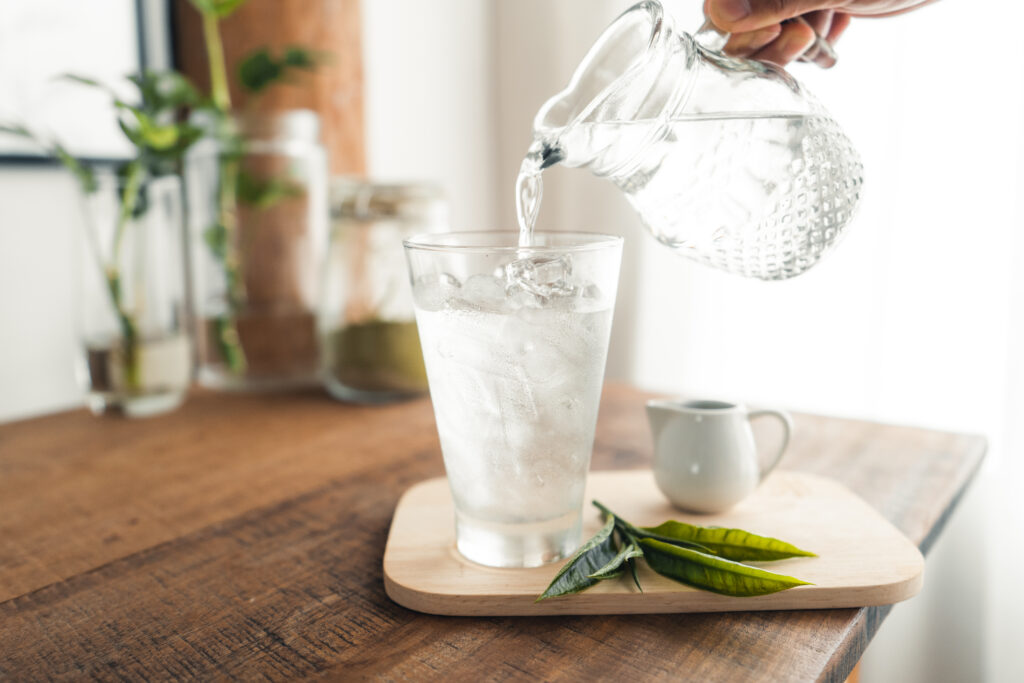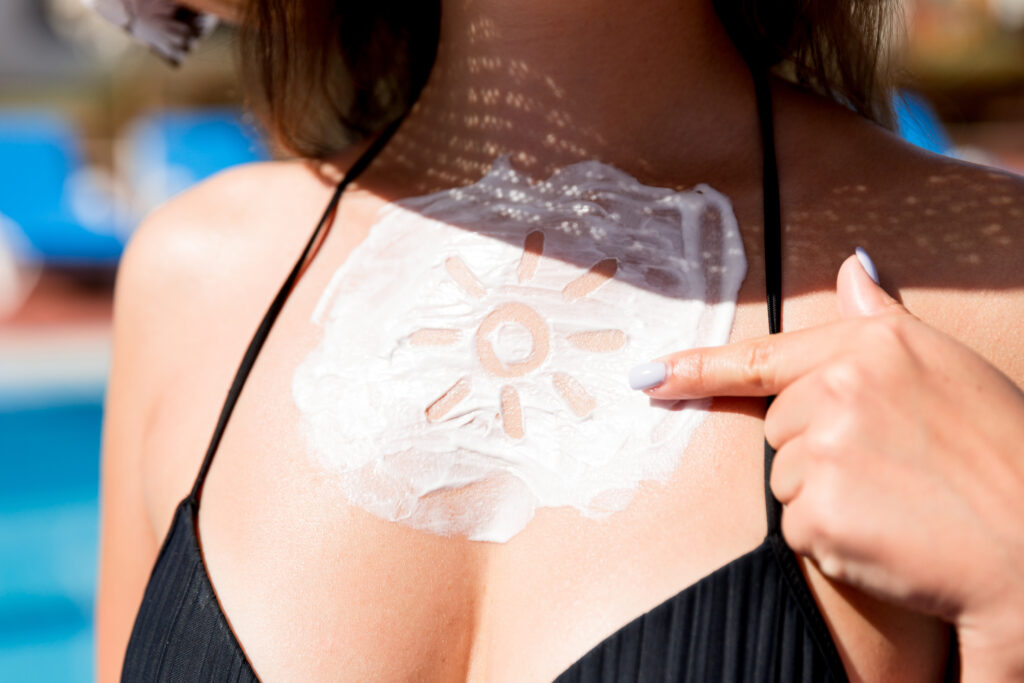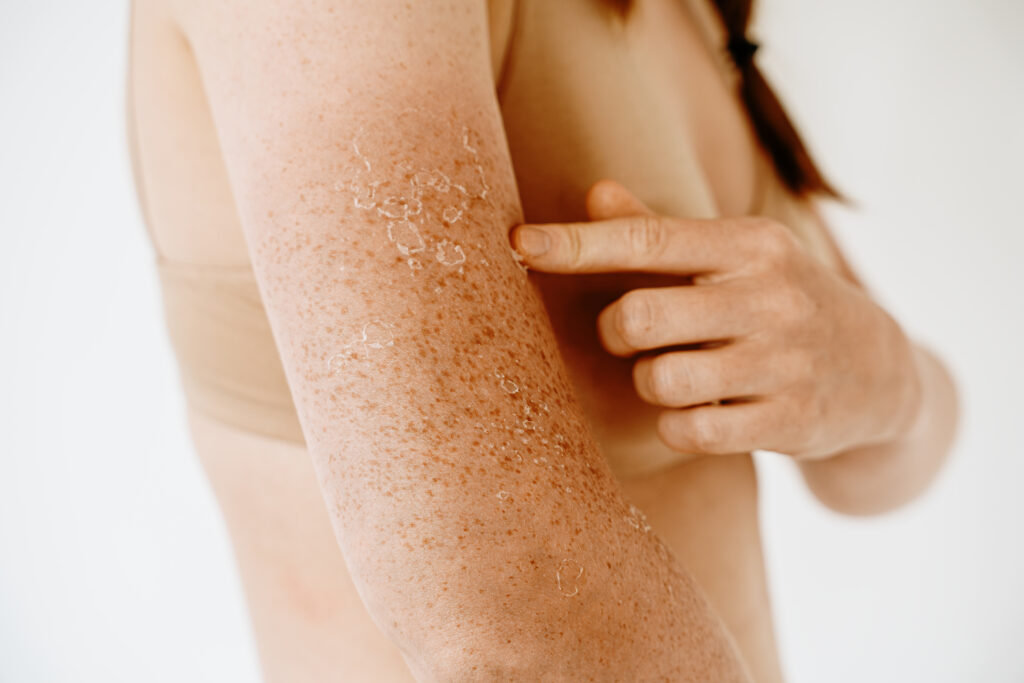The Importance of Hydration for Skin During Hot Months
Posted in Wellness | By Yasmin S.

When temperatures rise, we often focus on protecting our skin from the sun—but hydration is just as essential. Hot weather can dehydrate your skin quickly, leading to dryness, dullness, and even premature aging. Here’s why hydration for skin matters during the hot months and how you can maintain it.
1. Heat and Sun Accelerate Moisture Loss
High temperatures, sun exposure, and sweating all cause your skin to lose moisture. Without proper hydration, your skin barrier weakens, making it more vulnerable to damage, irritation, and breakouts.
2. Hydrated Skin Looks and Feels Better
Well-hydrated skin appears smoother, plumper, and more radiant. It also helps makeup apply more evenly and reduces the appearance of fine lines and rough patches caused by dryness.
3. Dehydration Can Affect All Skin Types
Even oily skin needs hydration. In fact, when your skin lacks water, it may overproduce oil to compensate, leading to clogged pores and breakouts. Hydration helps rebalance your skin, no matter your skin type.
How to Keep Your Skin Hydrated in Hot Weather
● Drink Plenty of Water
Start from within. Drink at least 8 glasses (about 2 liters) of water per day, more if you’re active or sweating heavily. Hydrated skin starts with a hydrated body.
● Use Hydrating Serums and Moisturizers
Look for skincare products that contain ingredients like hyaluronic acid, glycerin, aloe vera, or panthenol. These attract and retain moisture without feeling heavy on the skin.
● Avoid Harsh Products
Limit the use of alcohol-based toners or foaming cleansers that strip your skin’s natural oils. Choose gentle, hydrating formulas especially during summer.
● Mist Throughout the Day
A facial mist with hydrating ingredients can be a quick refresh during hot days. Use it between steps in your skincare routine or when you’re outdoors.
● Use a Humidifier Indoors
Air conditioning can dry out your skin just like heaters in winter. A humidifier helps maintain moisture levels, especially if you’re indoors most of the day.
Hydration is a vital part of any skincare routine, especially during hot months. By staying hydrated inside and out, you help your skin stay healthy, balanced, and glowing all summer long. Don’t wait for dryness to appear—make hydration your daily habit.
Visit us at: https://stherb.com/product-category/products/
How to Soothe Sunburn and Prevent Peeling
Posted in Wellness | By Yasmin S

Sunburn can be painful, irritating, and damaging to your skin. If not treated properly, it often leads to peeling, dryness, and even long-term skin issues. The good news is that with the right care, you can soothe sunburn and help your skin heal faster—while minimizing the risk of peeling.
1. Cool Down Immediately
As soon as you notice a sunburn, move out of the sun and cool your skin. Take a cool (not cold) shower or apply a clean, damp cloth to the affected area. Avoid hot water, which can worsen inflammation.
2. Apply Aloe Vera or After-Sun Gel
Use a pure aloe vera gel or an after-sun lotion that contains soothing ingredients like chamomile, cucumber, or calendula. These help calm inflammation and support skin repair.
3. Moisturize Generously
After cooling and applying aloe, lock in moisture with a fragrance-free moisturizer or lotion containing ceramides or hyaluronic acid. Apply it several times a day to prevent skin from drying out and peeling.
4. Stay Hydrated
Sunburn draws moisture away from your body. Drink plenty of water to help your skin heal from the inside out and reduce peeling.
5. Avoid Picking or Scrubbing
Let your skin heal naturally. Do not peel or scrub flaking skin—it can cause scarring or infection. Use gentle cleansers and pat your skin dry with a soft towel.
6. Wear Loose, Soft Clothing
Choose breathable, cotton fabrics to avoid further irritation. Tight clothing can rub against sunburned skin and slow healing.
7. Take Anti-Inflammatory Medication (If Needed)
Over-the-counter options like ibuprofen can help reduce swelling, redness, and discomfort.
Sunburn recovery takes time, but early care can make a big difference. By cooling, hydrating, and protecting your skin, you can soothe sunburn and reduce the risk of peeling. The best treatment, however, is prevention—so always remember your sunscreen
Visit us at: https://stherb.com/product-category/products/
How to Protect Your Skin from Sun Damage in Summer
Posted in Wellness | By Yasmin S.

Summer brings sunshine, outdoor activities, and unfortunately, a higher risk of sun damage. Excessive sun exposure can lead to premature aging, dark spots, and even increase the risk of skin cancer. But with the right precautions, you can enjoy the summer without sacrificing your skin’s health. Here’s how to protect your skin from sun damage in summer:
1. Use Broad-Spectrum Sunscreen Daily
Choose a broad-spectrum sunscreen with at least SPF 30. This ensures protection against both UVA (aging rays) and UVB (burning rays). Apply it 30 minutes before sun exposure, and reapply every 2 hours—more often if you’re swimming or sweating.
2. Wear Protective Clothing
Cover your skin with lightweight, long-sleeved shirts, wide-brimmed hats, and sunglasses with UV protection. Clothing with built-in UPF (Ultraviolet Protection Factor) can offer an added layer of defense.
3. Seek Shade When Possible
Avoid direct sun between 10 a.m. and 4 p.m., when UV rays are strongest. Stay under umbrellas, trees, or shelters when outdoors, especially during peak sun hours.
4. Don’t Forget Easy-to-Miss Areas
Many people forget to apply sunscreen on ears, neck, tops of feet, and the back of hands. These areas are just as vulnerable to sun damage as your face and arms.
5. Hydrate Inside and Out
Drink plenty of water throughout the day and use hydrating skincare products like hyaluronic acid or aloe vera gel to keep your skin supple and reduce inflammation from heat exposure.
6. Avoid Tanning Beds and Sunbathing
Both natural tanning and tanning beds increase your risk of sun damage and skin cancer. Use self-tanning products if you want a sun-kissed glow without the risk.
7. Check Your Skin Regularly
Keep an eye on any new or changing moles or spots. If something looks unusual, consult a dermatologist. Early detection of skin abnormalities can save lives.
Protecting your skin from sun damage in summer is not just about beauty—it’s about long-term skin health. With the right habits, you can enjoy the season while keeping your skin safe, radiant, and youthful. Make sun protection a daily ritual, not just a beach-day routine.
Visit us at: https://stherb.com/product-category/products/



